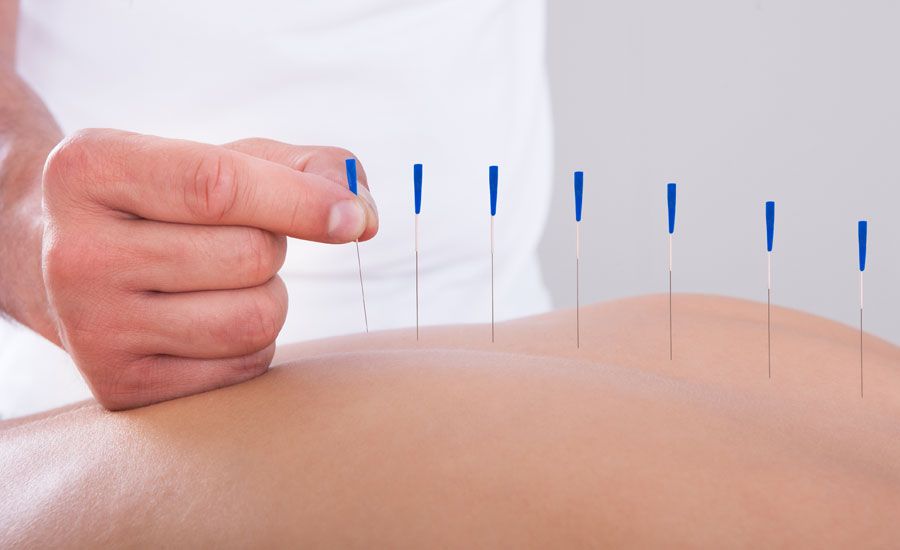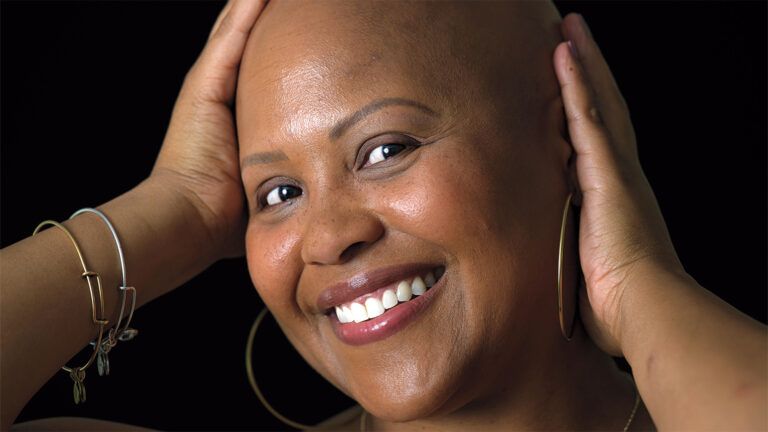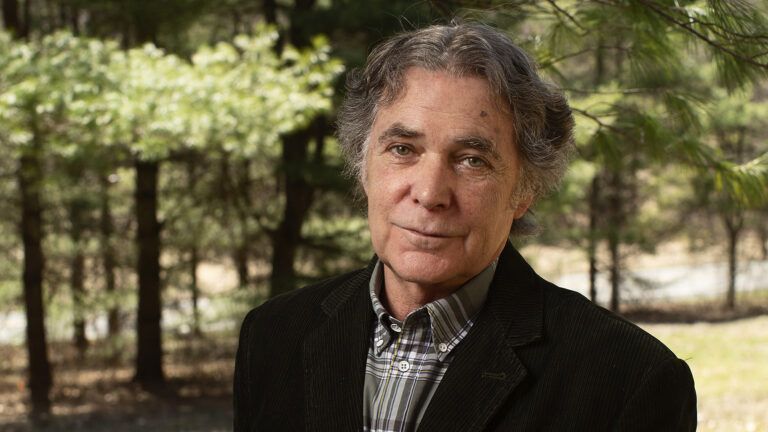If you’ve ever pursued alternative medicine for conditions ranging from back pain to headaches to nausea to insomnia, you likely have heard of acupuncture, an ancient Chinese healing remedy that has grown in popularity throughout the Western world.
The idea can seem a bit nutty or even scary—lying on a massage table while someone sticks a dozen or so needles into your body. But what was once dismissed as spiritual hokum has been proven to provide remarkable relief for patients far and wide, including those on staff atMysterious Ways.
“Some people say they’re freaked out about acupuncture. They fear it must be painful–all those needles,” says Mysterious Ways senior contributing editor Rick Hamlin, who began seeing an acupuncturist at the advice of his doctor. “But I never found it remotely painful. The sessions were always restful and healing.”
READ MORE: THE MYSTERIOUS WAYS OF HEALING
I found the same thing when I had acupuncture to relieve my sciatic pain. The acupuncturist, after a long interview, had me lie down and inserted the thin needles skin deep into my body, at points that didn’t always seem relevant to my condition.
A heat lamp was placed over my back, and I was left alone for fifteen or twenty minutes, during which I drifted off into a light and pleasant sleep, until my caregiver came back to remove the needles. I left with a greater sense of well-being, without knowing exactly why.
To unlock that mystery, I delved into the history of acupuncture (which in Latin means “needle puncture”). It is certain that the practice goes back to at least 100 BC in China, when the treatment is described in The Yellow Emperor’s Classic of Internal Medicine, but there is evidence to suggest it existed in some form thousands of years before that.
Traditionally, acupuncture’s healing power was based on ancient Taoist principles and its related Chinese folk religions, as well as Buddhism, in which unbalanced qi (“chi” or life force energy) was the root of both spiritual and physical problems–which were often seen as one and the same.
In this traditional system, the human body was divided into meridians, and by manipulating these areas with mapped-out acupuncture points, qi harmony, and therefore health, could be restored. In other words, these needles didn’t just manipulate the physical body, they treated the soul.
There is no scientific proof of the existence of qi or meridians, of course, but some believe these ancient acupuncture terms correspond roughly to the parasympathetic and sympathetic nervous system. By creating a micro-wound in the affected area, the body’s healing powers are elicited. It is thought that the needles can stimulate trigger points—tender spots in the muscles that when manipulated provide relief.
READ MORE: CHRISTIAN PRAYERS BRING MIRACLE HEALING
This is not to say that the spiritual element of healing inherent in Chinese medicine has been entirely dropped—it remains in an acupuncturist’s tendency to take a more holistic look at the patient’s well-being. Some clinics will still invoke the ancient terminology; after all, who would argue that a healthy body and a healthy soul don’t go hand in hand?
Testing acupuncture’s efficacy has proven difficult for Western science, and the results of clinical trials are often inconclusive. Skeptics of alternative medicine see this as proof that acupuncture is no more than a sophisticated placebo effect, but others point out that the clinical trial method of study may simply be inadequate for evaluating acupuncture.
Whatever the case, enough studies were done with positive results for the National Institute of Health to deem it an acceptable treatment for certain pain conditions and chemotherapy related nausea in 1997, and insurance plans increasingly cover it, especially when used as an adjunctive therapy along with conventional care.
For Rick’s acupuncturist, Frank, the ancient practice was an answer to prayer—Frank gave up a lucrative career in order to learn acupuncture and become a medical missionary, using his new skills to bring relief to poor, remote regions of China. “I really admire Frank’s passion and commitment,” Rick says. “I don’t doubt that he will touch many lives.”





